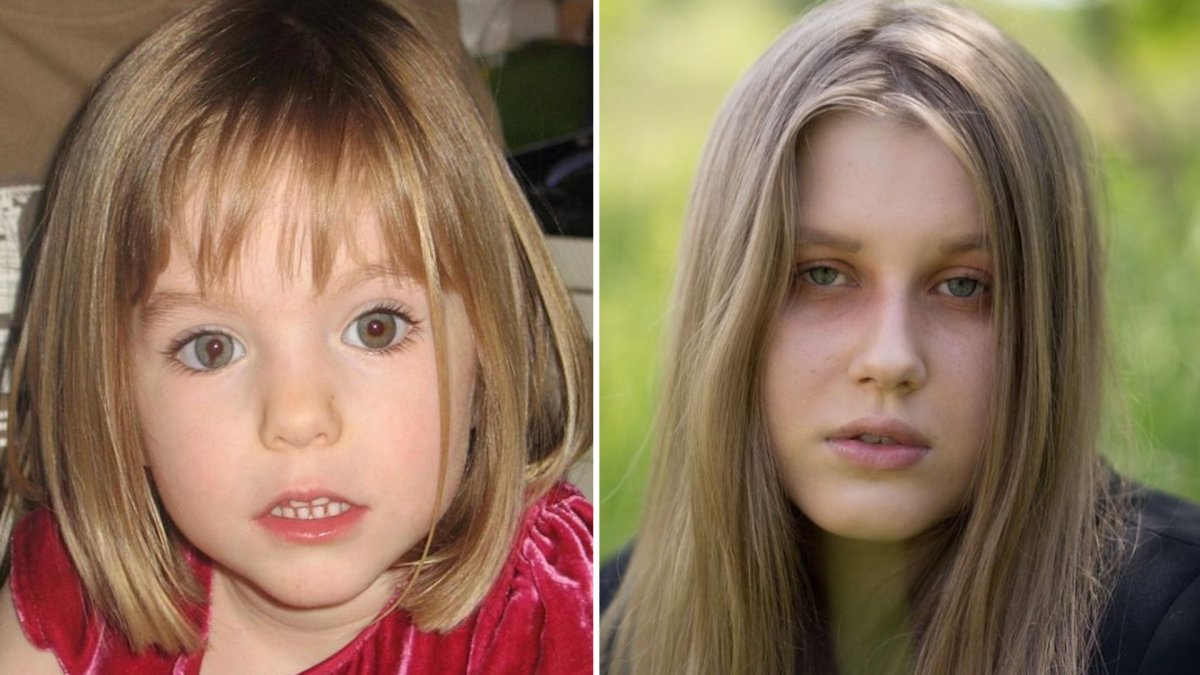The DNA test results are in for the Polish woman who captured international attention earlier this year for claiming to be Madeleine McCann, a British girl who disappeared in 2007 while on a family vacation in Portugal.

The tests revealed that Julia Wendell, 21, is not the missing girl. Wendell has near 100 per cent Polish heritage, with no evidence of British or even German ancestry, according to spokeswoman Dr. Fia Johansson.
“We finally know the reality,” Johansson wrote in an Instagram post. “Although it is impossible to tell for sure without the parent’s DNA results on either side, the test results speak to the origins of Julia’s root.”
Johansson added that she was shocked that McCann’s parents, who are still looking for their daughter, and Wendell’s own parents refused to take a DNA test to “resolve this nagging question” for her.
Wendell began a social media campaign in February to share “evidence” that she was McCann, after becoming suspicious of her past and identity, claiming she didn’t have many memories of her childhood. In a now-deleted Instagram page, @iammadeleinemccan, Wendell shared side-by-side comparisons of herself and the missing girl and garnered tens of thousands of followers.
The response to Wendell’s claims online was intensely polarizing. Many called for London’s Metropolitan Police to investigate her claims, while others accused Wendell of being a malicious fraudster.
The crux of Wendell’s “proof” that she was McCann revolved around her physical resemblance to the missing girl. When McCann disappeared, a coloboma abnormality in her right eye was used as a major identifying feature, one that Wendell claimed to share. (A coloboma is a flaw in the structure of the eye, often causing a visible tear or hole.)
Wendell also claimed to have the same dimples as McCann, several similarly located moles and freckles, and even said she had similar teeth gapping. If alive, McCann would be 19 years old. Wendell is 21, but said at the time that she feared her age was incorrect.
Polish police disputed Wendell’s claims that she was McCann about a week after she reached viral fame and Wendell’s own parents spoke out about her campaign, saying they were “devastated” by her claims and the worldwide media attention it garnered.
“It is obvious that Julia isn’t Maddie,” they wrote in a statement on the “Missing Years Ago” Facebook page, adding that their daughter has received therapy from psychologists and psychiatrists in the past, but suggesting that may have stopped recently.
“She refuses treatment, doesn’t take medicines regularly … we are devastated at the current situation.”
Johansson wrote in her update that Wendell was reconnecting with her father in the wake of the DNA test results.
On May 3, 2007, three-year-old Madeleine McCann went missing from a hotel room in Praia da Luz, Portugal, while on vacation with her parents. Her parents were dining with friends at a nearby tapas bar, leaving McCann and her two siblings asleep in their bedroom on the evening she disappeared.
Her disappearance launched a cross-country investigation and resulted in an international media frenzy.
For more than a decade, Portuguese, English and German police forces have collaborated in an attempt to locate McCann and her kidnapper.
Last year, German authorities said “new evidence” connected German native Christian Brückner to McCann’s abduction. Brückner is a convicted rapist, but he has yet to be charged in this case. He lived in the Praia da Luz area from 1995 to 2007.
Brückner is serving a seven-year prison sentence for raping a 72-year-old woman in 2005 in the same area where McCann went missing. He has also been convicted of drug charges.
It was the first time a formal suspect had been named in the McCann case since her parents were declared such in 2007. They were later cleared of suspicion in 2008.
In June 2020, German police said that McCann is assumed dead but British authorities continue to treat her disappearance as a missing person case.
— With files from Global News’ Sarah Do Couto and Michelle Butterfield







Comments